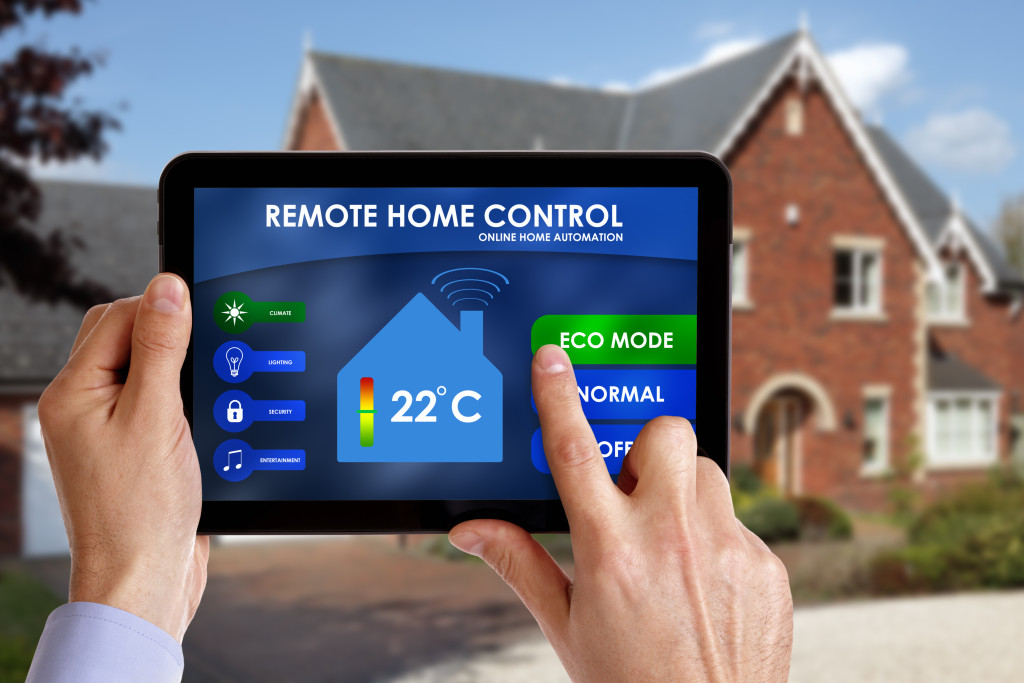Energy efficiency is becoming increasingly important for homeowners all over the world. It can make your home more energy-efficient and save money on energy bills. Still, it can also help reduce your environmental impact.
There are several ways you can make your home more energy-efficient, and many are relatively simple and inexpensive. Here are a few ideas to get you started:
Install energy-efficient windows.
Replacing your old, drafty windows with new, energy-efficient models can significantly affect your home’s energy efficiency. This is because windows are one of the main sources of heat loss. Energy-efficient windows will help keep the heat in during the winter and the cool air in during the summer, which can lead to significant savings on your energy bills. In addition, energy-efficient windows can also help improve your home’s comfort level by reducing drafts and eliminating condensation.
When selecting energy-efficient windows, be sure to look for models that have been certified by the ENERGY STAR program. These windows will provide the greatest energy savings. They will help to ensure that your home is as comfortable as possible.
Add insulation.
Adding insulation is one of the most effective ways to improve your home’s energy efficiency. By keeping your home warm in the winter and cool in the summer, you can save money on your energy bills and make your home more comfortable. There are a variety of insulation materials available, so it’s important to choose the right one for your needs. Fiberglass and cellulose are two of the most common types of insulation, and they are both effective at protecting against heat loss.
When choosing an insulation material, it’s also important to consider the R-value, which measures its ability to resist heat flow. The higher the R-value, the greater the insulating power. For most homes, an R-value of between R-30 and R-60 is recommended. Adding insulation is a simple way to improve your home’s energy efficiency and make it more comfortable year-round.
Replace your appliances with energy-efficient models.
As any homeowner knows, appliances can be a big drain on your monthly budget. If your appliances are old and inefficient, they could cost you a lot of energy bills. Replacing them with new, energy-efficient models can significantly reduce your monthly energy costs.
Newer appliances are designed to use less energy, which will help you save money on your utility bills. In addition, many energy-efficient appliances come with tax rebates and other incentives, which can further offset the initial purchase cost.

Use solar power.
Solar power is a great way to reduce your reliance on fossil fuels and save money on your energy bills. Solar panels convert the sun’s energy into electricity, which can be used to power your home. Solar-powered appliances are also available, which can help you save money on your energy bills. Solar power is a renewable resource, so using solar power can help you reduce your carbon footprint.
There are several ways to use solar power in your home, from installing solar panels to using solar-powered appliances. You can also purchase solar-powered products, such as solar-powered lights and water heaters. Solar power is a great way to save money and help the environment.
Upgrade your heating and cooling system.
An old and inefficient heating and cooling system can be a big drain on your energy bills. If you want to improve your home’s energy efficiency, upgrading your HVAC system is a great start. There are several options available regarding HVAC systems, so it’s important to choose the one that best suits your needs.
Energy-efficient HVAC systems can help you save money on your energy bills and make your home more comfortable. When selecting an HVAC system, be sure to look for models that have been certified by the ENERGY STAR program. These systems will provide the greatest energy savings. They will help to ensure that your home is as comfortable as possible.
Seal leaks and cracks in your home’s exterior envelope.
Sealing leaks and cracks in your home’s exterior envelope is a great way to improve energy efficiency. These leaks and cracks can cause your home to lose heat in the winter and cool air in the summer, leading to increased energy bills.
There are many ways to seal leaks and cracks in your home’s exterior envelope, including caulking, weatherstripping, and insulation. Caulking is a simple way to seal small cracks and gaps, while weatherstripping can be used to seal larger openings. Insulation can be used to fill the space between the exterior wall and the insulation, helping to keep your home warm in the winter and cool in the summer.
Final Thoughts
Making even a few small changes in your home can significantly affect its energy efficiency. So, if you’re looking for ways to save money and reduce your impact on the environment, consider making some home renovations that will improve your home’s energy efficiency.

